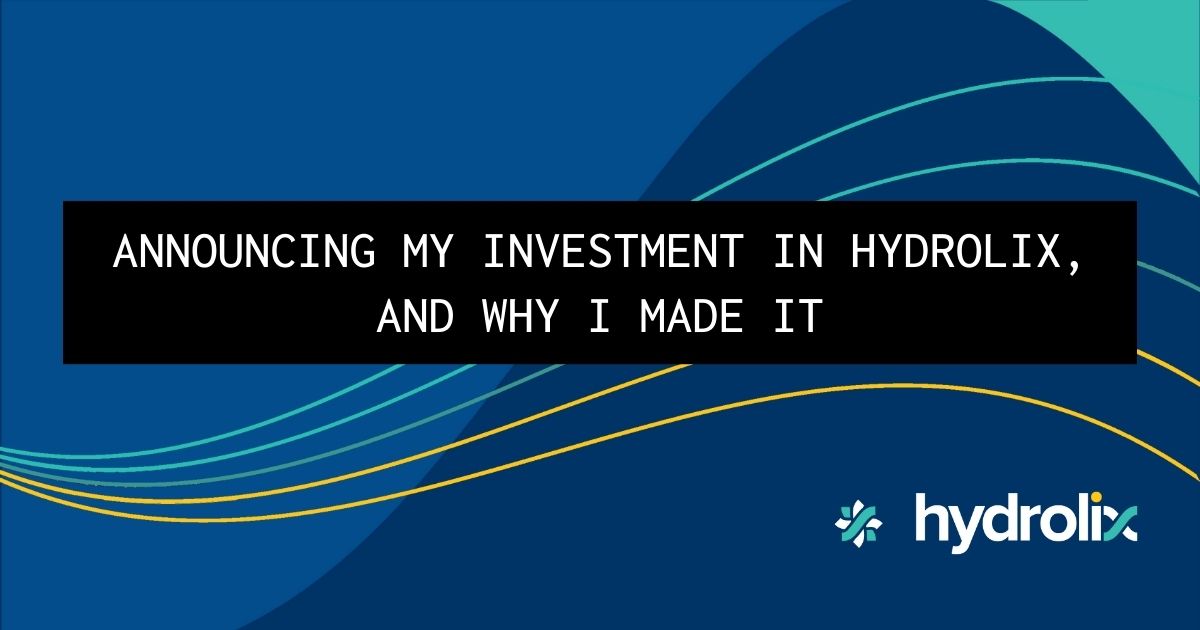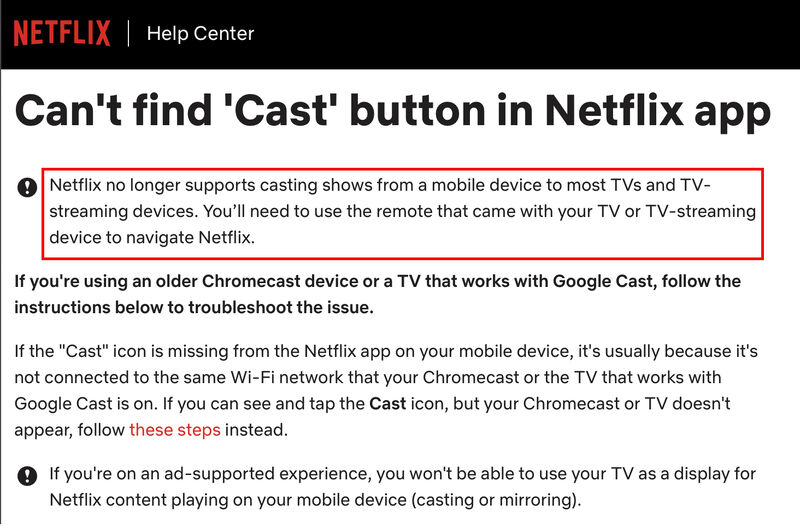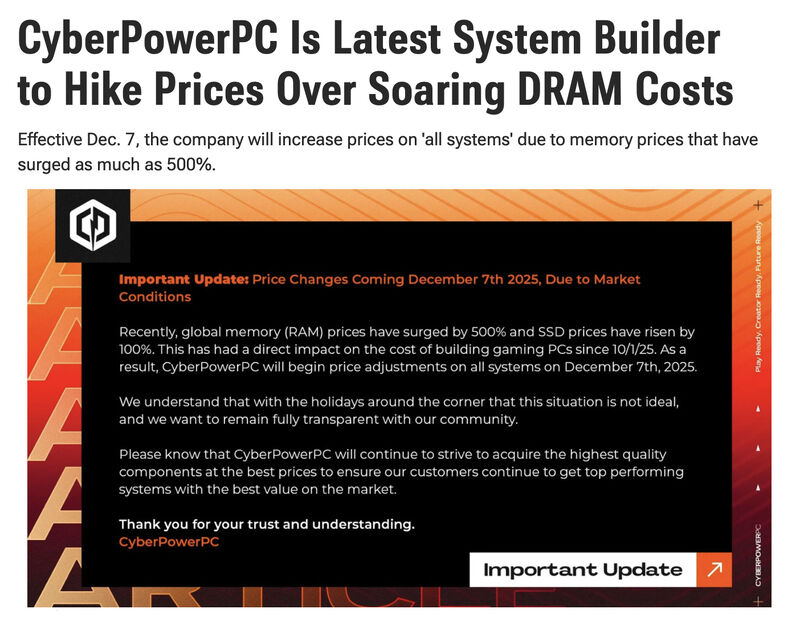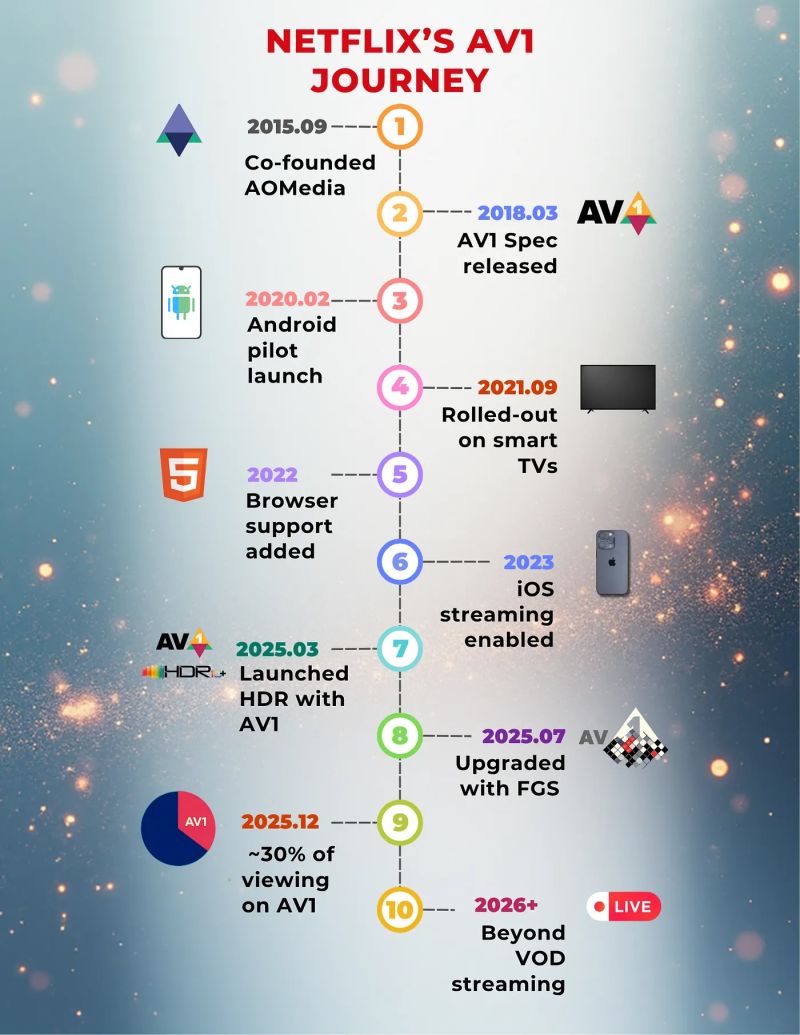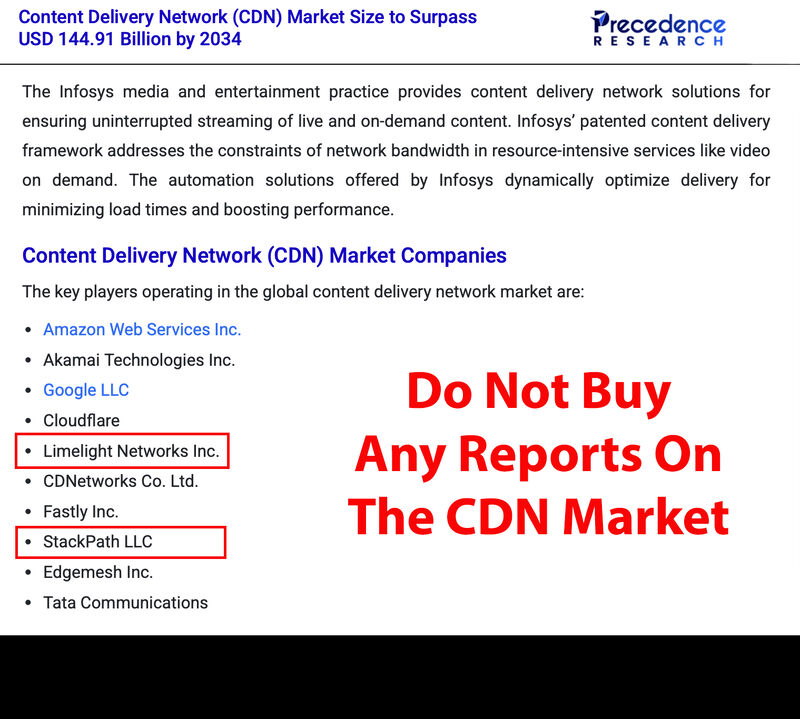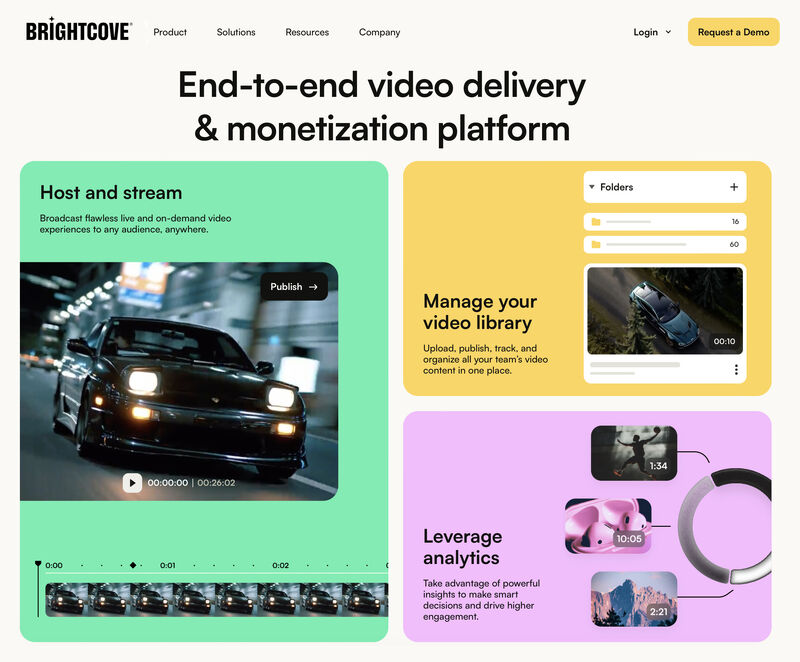Thanks To Readers and Podcast Listeners: Year-End Stats and Thoughts
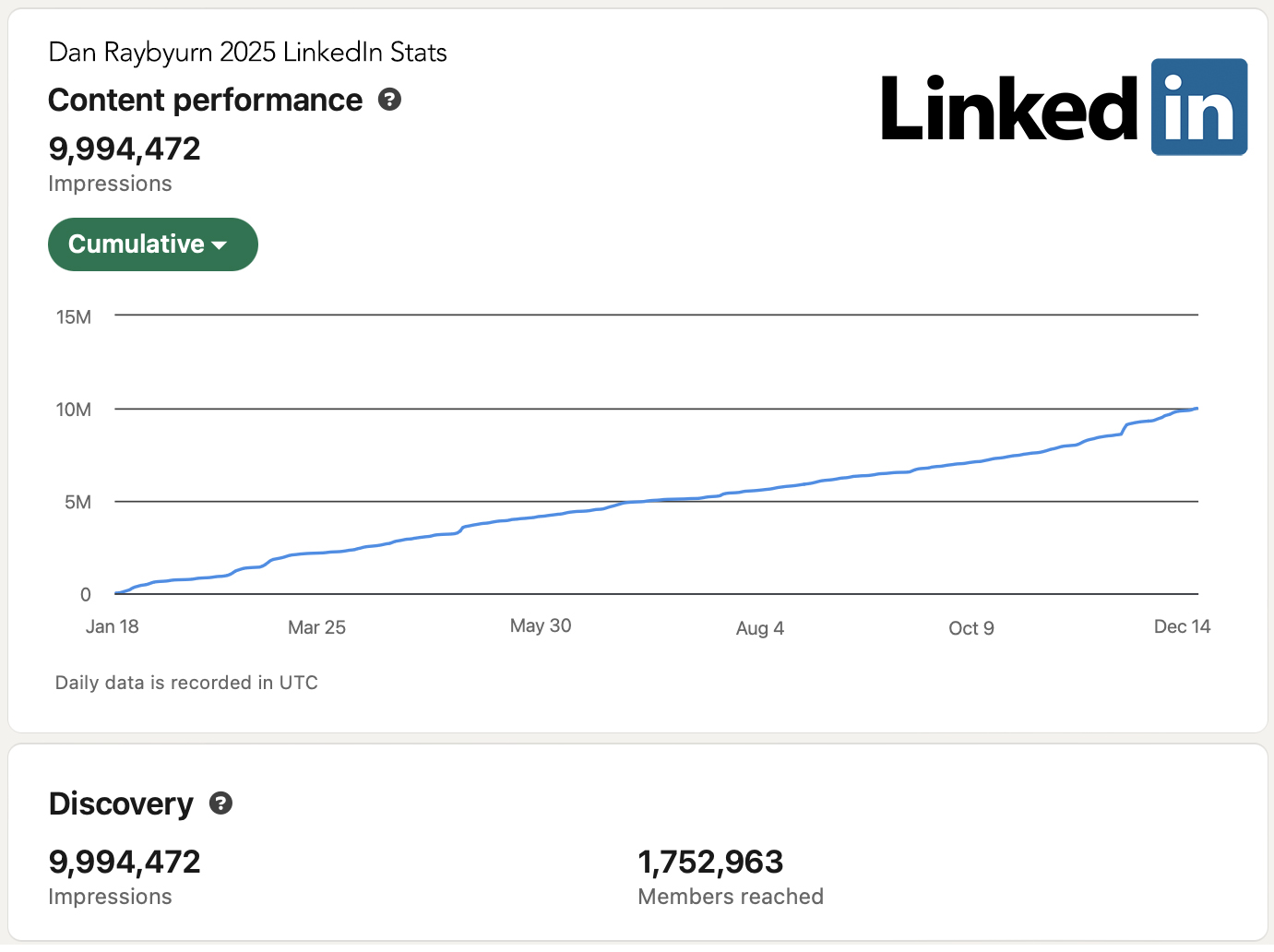
I say this at the end of every year, but the last twelve months have seen an incredible amount of news and deals in the streaming industry, making it another busy year, with plenty to discuss. I want to thank all those who read my content across LinkedIn and my blog, contributed to the discussions and listened to my podcast. For me, 2025 marks 30 years since I worked on my first webcast, with the Macintosh New York Music Festival in NYC, and my role as an Apple Systems Engineer, which led to where I am today.
I will end 2025 with just over 10 million impressions on LinkedIn, becoming a Top Voice, reaching more than 1.7 million members, along with 2.8 million impressions on my blog, with the podcast nearing 100,000 downloads since launch – all while keeping my content free. While many have tried to convince me to monetize my content via paywalls, charging for newsletters or selling limited access, that’s not why I do this. Not everyone is driven by the need to monetize content, and the currency I focus on in the industry isn’t money, but something more valuable – trust. With readers, vendors, broadcasters, OTT platforms, sports leagues and many others, trust and relationships are my focus.
The industry has taken great care of me over the past three decades, for which I am grateful. I feel a sense of responsibility to help grow the industry by doing my best to inform, educate, and empower others, connecting them with those who are more intelligent than I am and separating facts from opinions. Good leaders invest in people, not ideas, and I am always trying to give back and invest in those in our industry.
Some think I am crazy to have published my cell phone number publicly for 25 years and, on average, reply to all calls and emails within 24 hours. But as a result, that’s where some of my best information comes from, the many people in the industry who are far smarter than I am, giving me the inside details on what’s really taking place. While some don’t like how direct I am in my speech and writing, that’s the number one request I hear from readers: to tell it like it is and provide the facts, without sugar-coating anything. You can be direct and also be professional at the same time.
For all those who have contributed to helping me tell stories, pointed out my spelling mistakes, sent me messages thanking me for my posts, and educated me on topics they know better than I do – I thank you. Next year is going to be a busy one. Get some rest, spend time with your family, catch up on some good video content and get ready for what looks to be a ridiculous amount of streaming news and deals in 2026. Happy Holidays! 🎄 📺

